Patents are, by definition, novel legal arrangements. They describe and elucidate a new invention or your new prototype, something unprecedented in the marketplace that wasn’t there before. That is, it did not exist in the invention’s precise way, design, or manner of doing to that point.
To obtain a patent, of course, all inventors must file for one with the patent office and include certain relevant supporting documents, such as patent drawings.
Legal Zoom writes, “A patent is a lot of things: a legal document, a valuable asset, public education but it is foremost a technical document. A patent teaches engineers to build a machine, programmers to make a system and chemists to synthesize a compound. What are patent drawings when they are not scientific figures or technical diagrams?”
In this way, a major part of the filing process involves submitting patent drawings to the patent office for inspection, evaluation, and approval. These filing documents must show many things, but most notably, they have to depict with accuracy and detail the nature of the invention itself, along with how it functions and operates in the real world.
People who come up with
Patent or Prototype Drawing Basics: Types of Patent
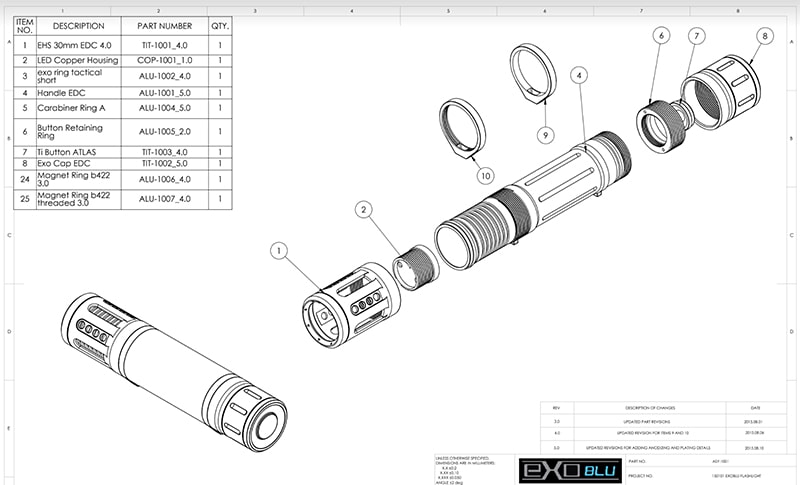
Before getting into the nitty-gritty of what you will need to do to present your drawings to the patent office, it is helpful to understand the different types of patents available.
Utility Patent
The first type of patent is a utility patent. When people say that they are getting “a patent,” this is usually what they have in mind. Again, according to Legal Zoom, “[The] explanation is in the drawings.” For utility patents, then, it is absolutely vital that these drawings are as precise and complete as possible in every conceivable way.
Design Patent
Another type of patent is the design patent. This kind of patent application really just amounts to a drawing or series of drawings. That’s all there is to it. Additionally, design patents may have a small handful of explanatory sentences or phrases about how the design looks and its application or material basis.
If you are doing any sort of design patent searching, it is notably more difficult and complex for this very reason. It is far more problematic searching for images than it is for text, in virtually any context.
Provisional Patents
Lastly, there are provisional patents. These are the most general type of patent available and are explicitly intended to be temporary in nature. They last one year, to be precise. A utility patent will have to be filed within that year subsequent to the provisional filing and is required to stick to the original’s description and scope.
This kind of patent application gives you, the inventor, the ability to file a more straightforward request to the patent office. Provisional patents essentially exist to give those with the idea for a new invention the ability to have an application on file with the United States Patent and Trademark Office (USPTO). Importantly, these also provide protection to the provisional patent holder regarding the rights to their idea in the interim.
Patent Drawing Basics for New Inventions and Prototypes
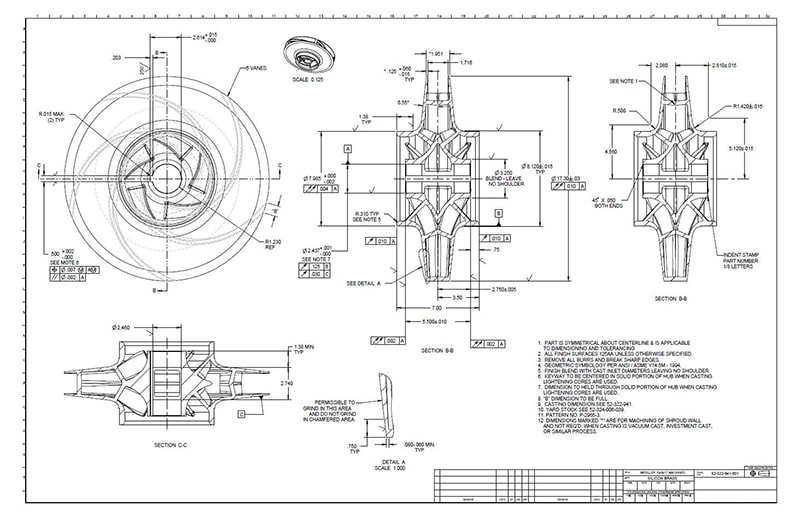
In general,
This certainly stands to reason. However, Quinn goes on: “Still, virtually every method or process can be depicted in one way, shape or form by illustration.”
It is with this in mind that drawings and other visual materials should always be sent along with any other application materials to ensure a satisfactory patent approval process. That said, not just any drawing or set of visual materials will be accepted by the patent office. The USPTO has incredibly strict and precise standards by which all inventors must comply to be considered for patent approval.
Patent drawings do not have to be crafted by Picasso himself to be admitted, but there are guidelines you need to follow. Most importantly, you will need to ensure that the drawings depict your invention or prototype accurately and completely. They should exhibit its novel characteristics and indicate clearly and accurately all details, no matter how ostensibly minor.
Patent and Prototype Formatting Guidelines
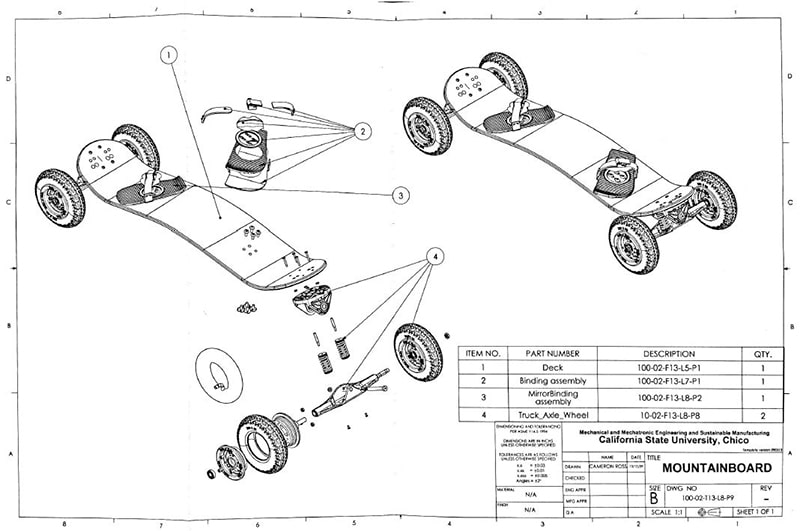
The USPTO provides a primary list of formatting guidelines for patent applicants. They are the following:
- All paper used is required to be white in color, matte in appearance (i.e., not shiny), and pliable yet robust. Double-sided use of paper is not currently allowed. You can only use one side for writing or drawing. The size of the paper also matters: 21cm x 29.7cm or 21.6cm x 27.9 cm (8 ½’’ x 11’’)
- The margins for the paper are required to be uniform across the entire application: 2.5 cm across the top, 2.5 cm along the left side, 1.5 cm along the right side, and 1.0 cm across the bottom.
- As a rule, no color is allowed in technical drawings submitted to the patent office. Exclusively in cases where the color is utterly essential to accurately detailing the new invention or prototype will it be admitted. In these cases, you must submit an entirely separate application (and fee of $130) to the USPTO.
- If you want to submit photographs, they are allowed only in cases where a photograph is the only realistic means of conveying the details of an invention or prototype (such as a microscopic photo of chemical compounds).
- All drawing(s) are required to display as many views as are essential to accurately portray your new invention or prototype. “Exploded views and blown-up partial views of specific portions of the invention” are also permitted, according to FindLaw. In the case of providing multiple viewpoints, all drawings are required to be collected with one another and face in one direction on the paper.
- Drawings are preferred to be vertical as opposed to horizontal.
- Any drawing(s) should be depicted at a scale that won’t become difficult to view or assess if it gets copied or reproduced at ⅔ its submitted size. Anything that gets scrunched in view at that size reduction will make it difficult to assess by the patent office employees.
- The USPTO encourages applicants to use shading when it will be helpful in depicting the invention or prototype.
- Numbers and letters are both allowed, though numbers are preferred, and the English alphabet is the only one accepted by the patent office.
The Basics of Patent Drawings: Production Options
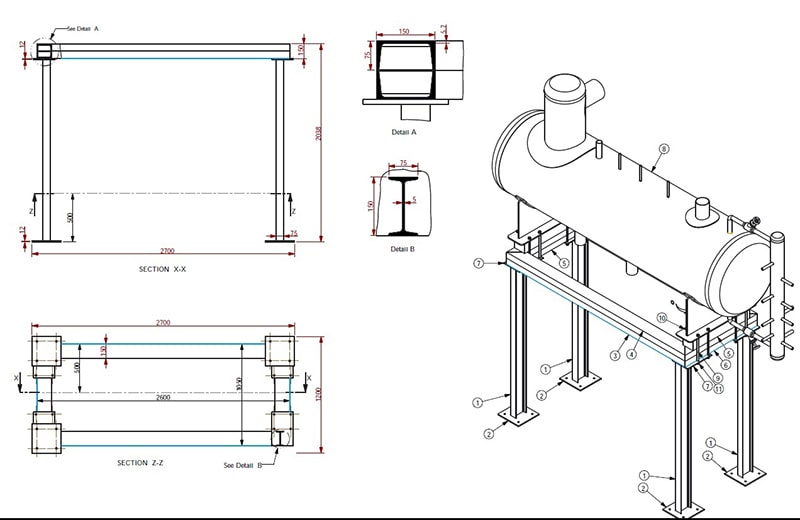
Everything listed in the previous section is required for those that are submitting technical drawings along with their patent application. As mentioned, that’s essentially everyone. This being said, you may not be an expert illustrator or even handy with a pen or pencil. That’s all fine, because there are plenty of experts in the field of draftsmanship that are available to help you get your patent drawings completed easily and efficiently.
If you want to hire a professional to take over the duties of drafting your patent’s drawings (also highly recommended), you should know what that entails as well. There are a few principal production options when it comes to the creation of technical drawings.
Most importantly, you probably want to know how much it costs and how long it will take to complete. In general, drafting experts will typically charge patent applicants somewhere in the range of $75-150 for each page that your application requires.
Keep in mind that you will likely need multiple pages of drawings for your application. As a rule, this is true for most patent applicants. So, you need to keep your budget in mind as you reach out to potential drafting professionals to take on this part of your project for you.
The other option, of course, is trying your hand at the drawings yourself. Maybe you have experience with illustration, CAD drafting, or similar work. Alternatively, your invention could be easily and simply traced onto a sheet of paper. In these cases, you might just be able to figure it out on your own, as you might with a stencil set.
Naturally, there are major benefits to going the solo route. You could end up saving quite a bit of money on the actual cost of your patent application, since no one would be charging you upwards of $150 per page of drafting.
Another advantage
Contracting this part of the project to an outside source will mean lengthy and time-consuming explanations of the invention. This would be in addition to the financial burden of the actual cost of outsourcing.
On the other hand, there are potential disadvantages to trying to take on the drafting tasks all by yourself as well. One notable downside is that the time you spend making the drawings (or, God forbid, learning how to draw in the first place) could cripple the timeline of your invention or prototype in the long run. In this case, you will likely wish you had simply utilized a professional draftsperson in the first place.
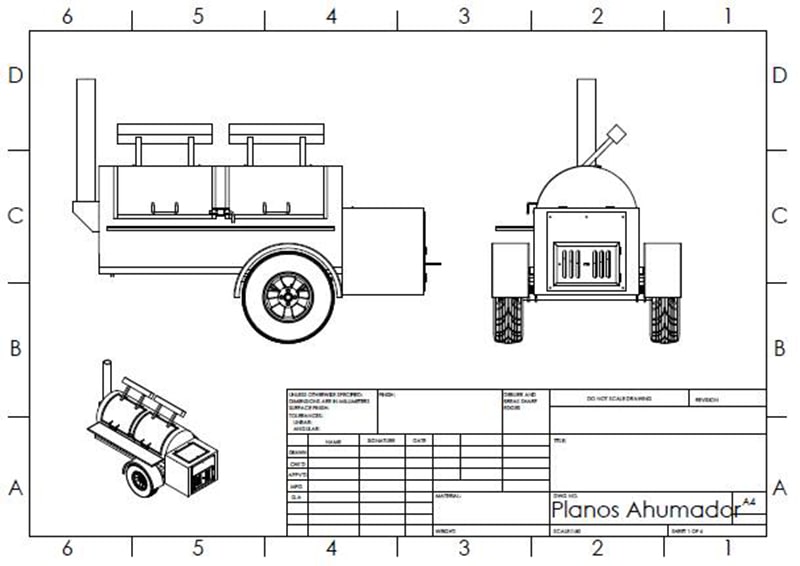
If you think you can make your drawings look as good as a professionals, more power to you. Whichever route you decide to take, you should consider all the pros and cons of each one before making your final decision.
Ultimately, the thing that matters most in terms of the drawings is whether they can help your application receive approval from the patent office. If you can do that on your own, then you win twice: once with cost-savings, and again with patent approval.
All that said, however, the most important thing overall is the invention itself. If the prototype or invention is not something that is truly novel to the marketplace, then Picasso himself could actually do your drawings (with “a heater and some serious smelling salts,”) but it wouldn’t make a bit of a difference in the long run.
If you decide not to have the drawings be done by hand, you can also opt for a drafting application. Autodesk is a company that provides all sorts of computer-aided design (CAD) applications, such as AutoCAD services software. These programs enable artists, engineers, freelance architects, designers, and inventors to depict their creations before they are actually made into physical objects.
With CAD, you again have both options, as you would with the hand-drawn illustrations. You can either draft them yourself on the computer, or you can hire an expert with years of experience and artistry to do it for you. In this case, the pros and cons are similar to the above, with one notable distinction: learning curve.
Drawing is a difficult art to master, but computer-aided design applications take an enormous amount of time and energy to become proficient in them. The difference between a master and an amateur could be the difference between a patent application’s timeliness in being approved or rejected by the USPTO.
It should also be mentioned that CAD programs are not exactly a cheap lot. Some of them cost hundreds of dollars or more apiece. Because of this particular barrier to entry, you might as well have hired someone else to do it for you.
You likely would have spent just about the same amount of money, more or less. If you buy the programs, of course, you will have the applications in the suite in perpetuity. However, that might not make much of a difference in the long run, unless you plan to do a lot of technical drawing in the future.
How Cad Crowd Can Help
Bringing Cad Crowd on board with your patent approval process means that you can work with an exclusive group of the world’s greatest freelancers in nearly every engineering or design field in existence.
We have a community of technical
Whatever your patent needs may be, Cad Crowd can help you get exactly where you need to go. We can meet every design or prototyping solution, regardless of
We have the ability to help you by utilizing a range of the most updated programs. Our network is made up of the best experts using the highest quality current computer-aided design software. Just let us know if there is a particular application you need us to use, and we will locate the perfect designer or engineer for your project.
If you are at the modeling phase of your invention, take a look at all of our 3D virtual reality rendering services, as well, to get help to begin with that process. That said, Cad Crowd’s services are also at the disposal of clients who currently have drafts or models in-hand and need additional assistance with the task of rendering or further prototyping.
Cad Crowd is simply the best place to get everything your invention ideas need, be it patent services, CAD drafting and design, engineering, 3D rendering services, or prototyping. Get a quote to start working with us today.
